Here are the amazing facts about the Mayon Volcano
Mayon Volcano is popular because of its symmetrical, “perfect cone” shape and here are 5 additional facts about this tourist attraction in Albay.
It is an 8,077-foot active volcano that is part of the Pacific Ring of Fire and is regularly monitored by the Philippine Institute of Volcanology and Seismology (PHIVOLCS). Aside from these facts, here are some other things about the Mayon Volcano:
Worst eruption
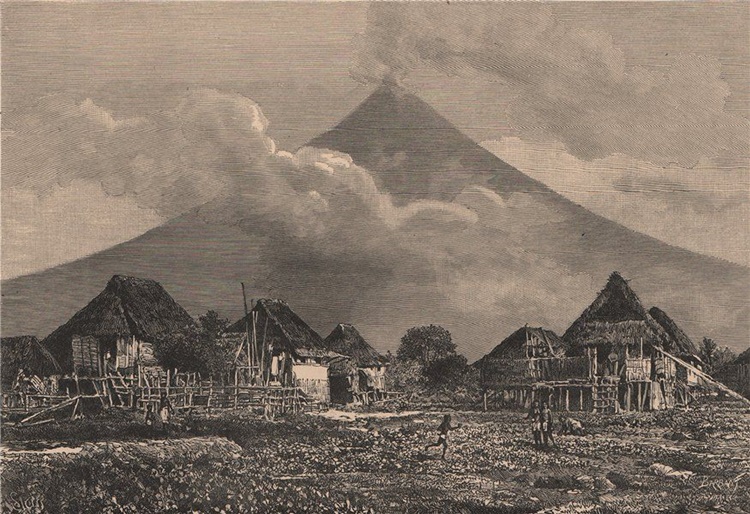
According to the article from FilipiKnow, the worst eruption of Mt. Mayon reportedly killed 12,000 people. The tragedy happened on February 1, 1814. Most villages of Albay and Camarines were destroyed and many people were trapped inside the Cagsawa Church.
Longest eruption
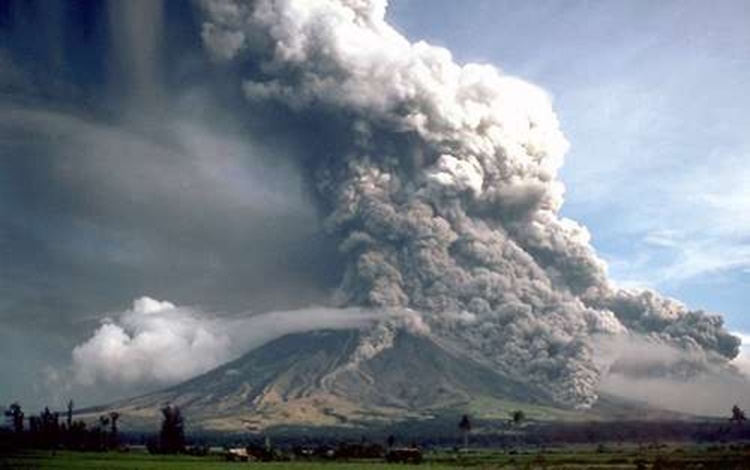
The longest recorded eruption of Mayon lasted for 7 days. Fire rained over the nearby villages including Bacacay, Libon, and San Roque on June 23, 1897. That ended after a week.
The legend about the Cagsawa Church
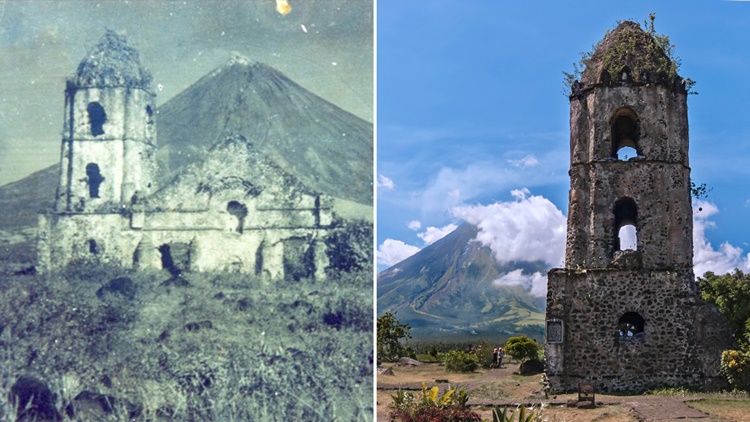
The term “Cagsawa” came from two words, “kag” means owner and “phyton” means snake. It was believed that there were snakes in the church before it was destroyed during the catastrophic eruption. The belfry which remained visible until became a reminder of what happened in the 1814 eruption.
Associated to a love a story
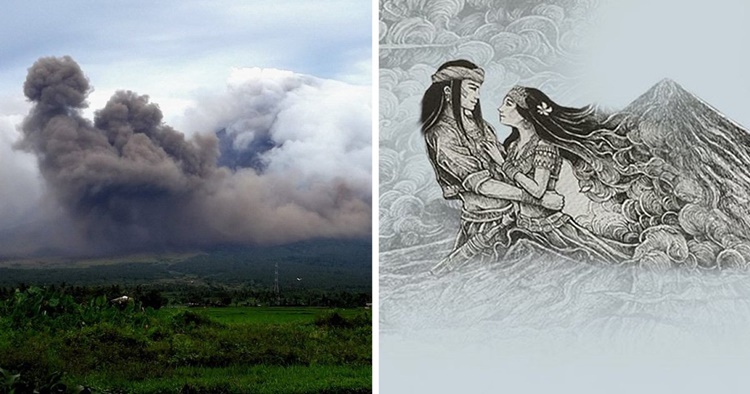
The name of Mayon Volcano came from “Magayon” which means “beautiful”. According to local folklore, Magayon was a princess who was forced to marry her wicked suitor. Her true love Panganoron tried to rescue her together with other men on the day of the wedding. However, Magayon was hit by an arrow while Panganoron was stabbed. It was said that Magayon’s grave eventually expanded until the Mayon Volcano became what it is now.
Most active volcano
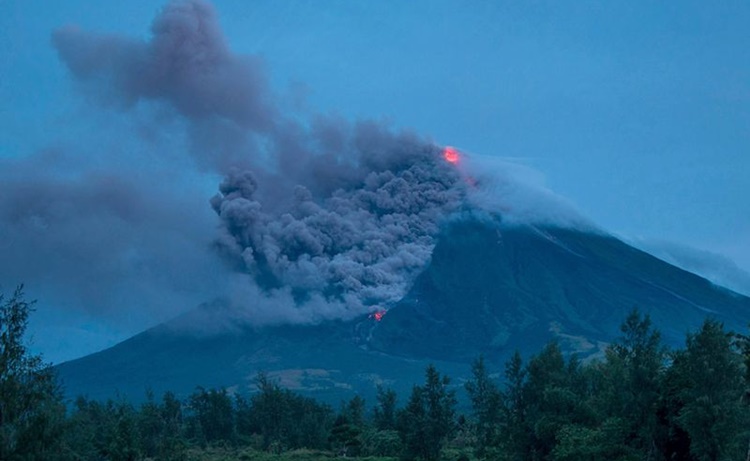
Mt. Mayon is the most active volcano in the Philippines. For the past 400 years, it has erupted almost 50 times. The first eruption happened on February 1616, according to the record of Dutch explorer Joris van Spilbergen.
READ ALSO: JOSE RIZAL: Amazing Facts About The Great Malayan
